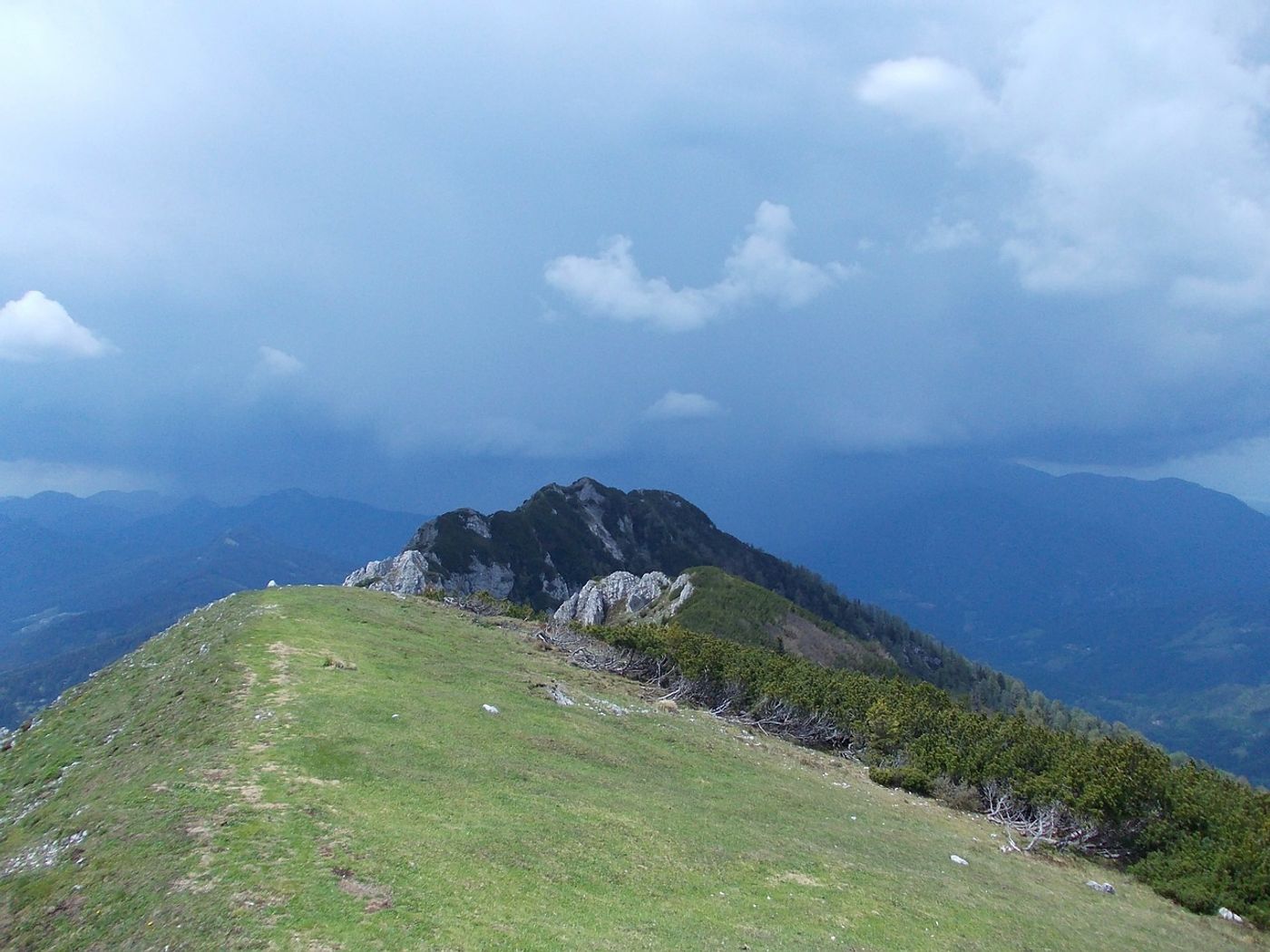There Are More Plants on Europe's Mountaintops Than Ever, Study Finds
Earth’s mountaintops exhibit harsher environmental conditions than we’d anticipate at normal elevations. Consequently, scientists don’t expect to see much plant life there. Astonishingly, climate change could be turning this logic upside-down as we speak.
Image Credit: Pixabay
Curious researchers from Aarhus University analyzed nearly 150 years’ worth of data encompassing 302 European mountaintops and found that plant life diversity there has increased five-fold over the last several decades. The findings have been published this week in the journal Nature.
Hell-bent on figuring out what was going on here, the researchers investigated precipitation and nitrogen levels on the mountaintops during these years and came up empty concerning an official explanation. But temperature increases, on the other hand, stuck out like a sore thumb.
As it would seem, the results are consistent with planetary changes brought on by global warming trends, which could be making these mountaintops more habitable for various plant species.
The findings could have negative implications for native plants in the long-term. As new plants make their way to the mountaintops, native plants will need to compete with the new arrivals for resources. Over time, this could cause naturally-occurring mountaintop plants to disappear from the tips of Earth’s mountains, assuming the conditions are right.
Related: How climate change impacts the seafloor
"Some of the species which have adapted to the cold and rocky conditions on mountain summits will probably disappear in the long term. They have nowhere else to go, and they can’t develop rapidly enough to be able to compete with the new arrivals, which are taller and more competitive under warmer climates," said Manuel Steinbauer, the study’s primary author.
"The species that move upwards, often come from grassland above the tree line. But they can’t survive everywhere on the mountaintop, so it’s not certain that they will be a threat to all the existing species up there. The local soil conditions and micro-climates also play a role."
Related: Scientists could be wrong about global warming as a trigger for lizard extinction
The findings raise concern about how climate change might transform plant diversity on Earth’s mountaintops over time, especially since the planet’s temperatures will only rise as time progresses.
On the other hand, the study doesn’t particularly consider every potential factor. The researchers admit that they need to conduct more soil research and discern the types of plants that could be on their way to the mountaintops. As of this writing, the study only considers those that have already made it there.
Despite all the fuzzy factors, the research underscores a significant change in Earth’s ecology that might be worth further investigation. Learning about how the planet changes over time is an integral part of understanding Mother Nature.
Source: Aarhus University









